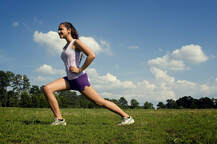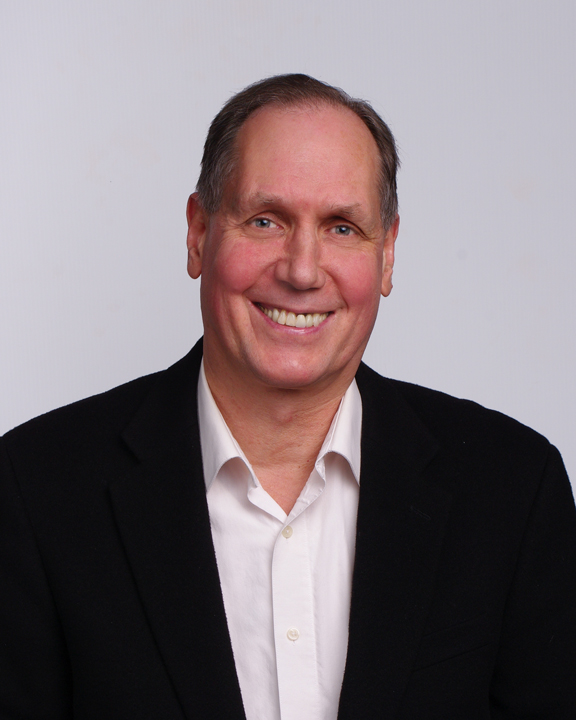
When we exercise, the muscles contract and expand releasing tension and toning the muscles. Stress of any type causes physical tension in the organs. Thomas Hanna, the originator of the amazing body system, Somatics, which I’ve incorporated into my health teachings, rightly believes that habitual muscle tension will stop the organs from functioning properly and lead to disease. Movement by releasing the tension in the muscles counteracts habitual muscle tension. This is the major reason that we feel stiff in the morning after sleeping and after sitting for long periods of time. Because the body is one unit working in concert, body tensions cause mental and emotional imbalances.
Exercise increases the circulation of blood, lymph and energy through the increased functioning of both the heart and lungs. Exercise increases and improves digestion which strengthens your blood and immune system.
A lack of exercise which is common in the U.S and modern countries leads to a softening of the bones and tendons, a lack of energy, poor appetite, lassitude, obesity and shortness of breath on exertion. Psychologically, a lack of exercise worsens anxiety, irritability and depression.
Humans need regular exercise. It is best in modertion. In oriental macrobiotic and longevity teachings in Asia which are based on the principle of balance, too little or too much exercise is considered bad for health. Too much exercise uses up our energy or known as chi in China and blood (nourishment). Too little exercise and we don’t produce energy and healthy blood (nourishment).
There are five types of exercise that are important for health: physical exercise as part of one’s daily living, aerobic exercise, resistance training, stretching and Chi Gung (Qigong).
In 3rd world countries, walking and daily chores are common. In developed countries, elevators and machines are present for convenience. In developed countries, because of machines that are a part of work and daily life, it is easy to not get enough exercise. To counter or balance this situation, we need to consciously use our bodies more. We can take time to walk upstairs, skip the car and walk to destinations when possible, do chores by hand and other physical activities as part of our daily life.
There is not enough physical activity built into daily life in modern countries because of work and other obligations. Most people need to make the time to practice regular exercise aside from daily life. Walking, jogging, dancing or martial arts can give us an aerobic workout. My own choice for aerobic activities has been by practicing two internal martial arts known as Hsing-Yi and Bagua. When I take the time to practice, I feel much better. Balance is important as too much aerobic exercise can exhaust the body. Internal martial arts are softer and can have both aerobic and resistance training as part of the practice.
Body weight training can be used moderately for strengthening the muscles. Body weight exercises such as pushups or sit ups are best to approach with some study as there are better methods. Be cautious of the overuse of machines as they tend to isolate the muscles and cause imbalances. Free weights in moderation can be a better choice.
Stretching is important. It can be incorporated as gentle yoga, or as part of Chi Gung and part of modern movement systems such as Hanna Somatics. Be careful to stretch gently. Overstretching makes the body tighter, cutting off the circulation. This is called the stretch reflex.
Chi Gung or Qigong is a unique system that I recommend everyone learn as they get older to uniquely rejuvenate and balance the body. Chi Gung in its higher form known as Nei Gung works all of the body’s energetic pathways. It opens and closes all the body’s tissues (joints, muscles, connective tissues, internal organs, glands, blood vessels, lymphatic pumps, respiratory system, cerebrospinal system and brain) producing a powerful synergistic effect on the mind, body, and spirit. Over time these practices reduce chronic stress and pain, increase the body’s strength, flexibility, coordination, and balance. I study, practice daily and teach Chi Gung. I’ve found that although you can get a benefit from almost any Chi Gung system and form, there are better and more effective forms to learn and practice to achieve the above benefits.
Convict Conditioning by Paul Wade
The Complete System of Self-Healing Internal Exercises by Dr. Stephen T Chang
Qigong video with John Kozinski from www. macrobiotic.com (coming soon)
Somatic Qigong: Chinese Health Promoting Qigong/Nei Gong combined with Somatic Exercises https://www.macrobiotic.com/energy-healing.html
Monthly Qigong Somatic classes in NYC with John Kozinski



 RSS Feed
RSS Feed